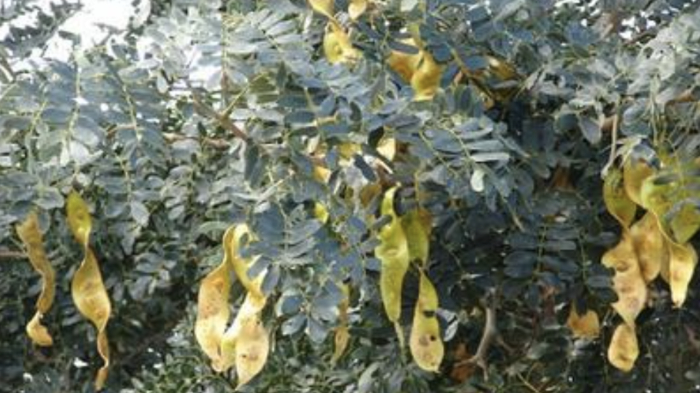
Description
| Scientific name | Albizia coriaria |
| Synonyms | Mugavu ; Albizia |
| Native distribution | East Africa, Tropical Africa |
| Biology | It is a deciduous tree with a height between 15-30m. The trunk is often twisted and up to 100cm diameter. The crown is flat and spreading and the new leaves are growing pale bright green, narrowly oval-oblong, rounded and often wider at the base. The bark is grey black, rough and scaling raggedly. The fruit is flat purple brown pods, often shiny, 14-20cm long, about 3cm wide. The flowers are very sweet smelling, white flowers in half spherical heads. |
| Ecology | It is a slow growing species and it is a pioneer species requiring light. |
| Habitat | It is found at forest edges, in wooded grassland, woodland and thicket 850 – 1700m above sea level. It will not grow in a tropical forest with a closed canopy. |
| Wood | The sapwood is soft, but the heavy heartwood is hard and durable. The brown timber makes good furniture. Density is around 600 kg/m3 for a moisture content of 12%. The wood is hard and is durable, termite resistant and the timber works easily. Application: firewood, charcoal, timber, poles, furniture, boat building, fodder, bee forage, ornamental |
| NTFPs | Roots and bark are used for medicine and the leaves can be used to hasten the ripening of banana. |
| Services | Ideal for shading thanks to the crown. |
| Other information | In Uganda the tree is used as a prop for food climbers like yams and passion fruit. The Hima community makes beautiful milk jars from the wood. |